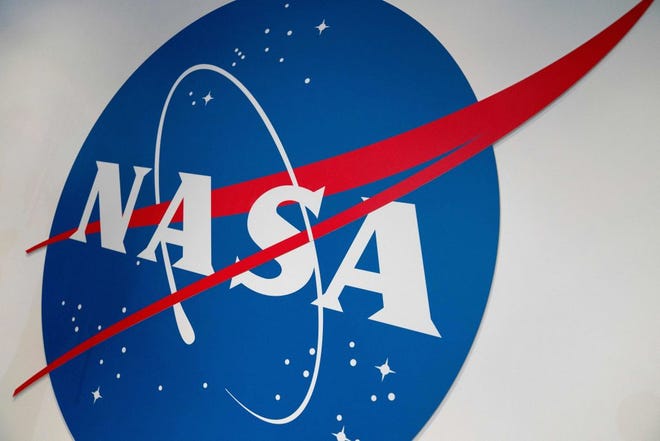Is humanity prepared to face an asteroid that has a 72% chance of hitting Earth within 14 years?
Scientists and experts say there are challenges that need to be addressed.
When NASA presented a hypothetical scenario devised by its Planetary Defense Coordination Office to a group of nearly 100 government representatives, it found several “high-level deficiencies” in plans to counter an asteroid speeding toward Earth, the agency’s slide presentation said. The space agency was “inadequately prepared to rapidly execute necessary space missions” and had poorly developed methods for informing the public about impending disasters.
Among participants from federal agencies like the State Department and international organizations like the United Nations Office for Outer Space Affairs, 33% said humanity is not ready to launch a space mission to prevent an asteroid from hitting Earth, and 19% said we are not ready for a “reconnaissance mission.”
Kelly Fast, NASA’s acting planetary defense administrator, said the exercise helped the agencies plan how they might work together to prepare for future asteroid strikes.
“If we were ever faced with something like this, it wouldn’t be the first time we’re having a discussion about how to treat this,” she said.

more:Scientists unravel space mystery: Why do people age faster during space travel?
NASA conducts fifth test to gauge asteroid readiness
Designed to test the government’s preparedness for an Earth-bound asteroid, the exercise was organized by NASA and the Federal Emergency Management Agency at a conference in April at the Johns Hopkins Applied Physics Laboratory in Laurel, Maryland, according to a press release. It was the fifth test of the agency’s readiness to defend Earth from space. This year’s exercise was the first to involve the “International Partnership for Planetary Defense.”
In a hypothetical scenario, an asteroid strikes Earth in 2038. There is a 47% chance that the impact would affect more than 1,000 people, and an 8% chance that more than 1 million people would be affected. A wide range of cities in the US, Europe and Africa could be affected, including Washington, Dallas, Madrid and Algiers.
In this scenario, participants were not informed of the “size, composition, or long-term orbit of the asteroid,” according to the news release. Further observations of the asteroid would hypothetically be delayed by at least seven months as the asteroid passes behind the sun, resulting in a “significant loss of time.”
Even with years of preparation, Fast said agencies would need to work efficiently to respond to an approaching asteroid. “Mission planning, any kind of spacecraft mission, is not something that’s decided on the fly,” Fast said.
“Fourteen years may sound like a long time, but given the development of the mission, it may not actually be that long,” Fast added.
Space agencies have only tested one way to stop an asteroid heading toward Earth: a “kinetic energy impact,” or slamming a spacecraft into the asteroid to change its orbit. In 2022, NASA successfully smashed a spacecraft into Dimorphos, a tiny “moonlet” orbiting the asteroid Didymos, about 6.8 million miles from Earth, shortening the moonlet’s orbit by 32 minutes, according to NASA.
Fast said scientists will need to customize space missions to address specific asteroid impact scenarios.
“It all depends on the asteroid,” she says. “A single kinetic energy impactor might work on a smaller asteroid, but not on a much larger one.”
Some attendees were skeptical about whether there would be enough federal funding to address the threat, and the decision-making process was “unclear,” according to the presentation.
Officials also would limit the spacecraft’s ability to gather more information about the approaching asteroid by moving it closer to the object, assessors concluded.
The presentation also warned that public information about Mars-bound asteroids will need to be adjusted: “Misinformation and disinformation will need to be addressed,” they wrote.
“Maintaining credibility at the start of this event is crucial, and that means talking early, perhaps earlier than scientists and lawyers feel comfortable with,” said another anonymous attendee.
Fast said it was important to “make the information understandable to the general public and not become overly technical and jargony.”
The latest exercise used data from the tests to recommend further testing of the new technology.
Fast said people should be reassured that scientists and agencies are working together to develop strategies for the unlikely event of an asteroid impact.
This scenario is simply “an opportunity to continue to explore these possibilities and our own state of preparedness and see how we can do better in the future.”
“It’s actually a good thing to talk about this,” she said.

